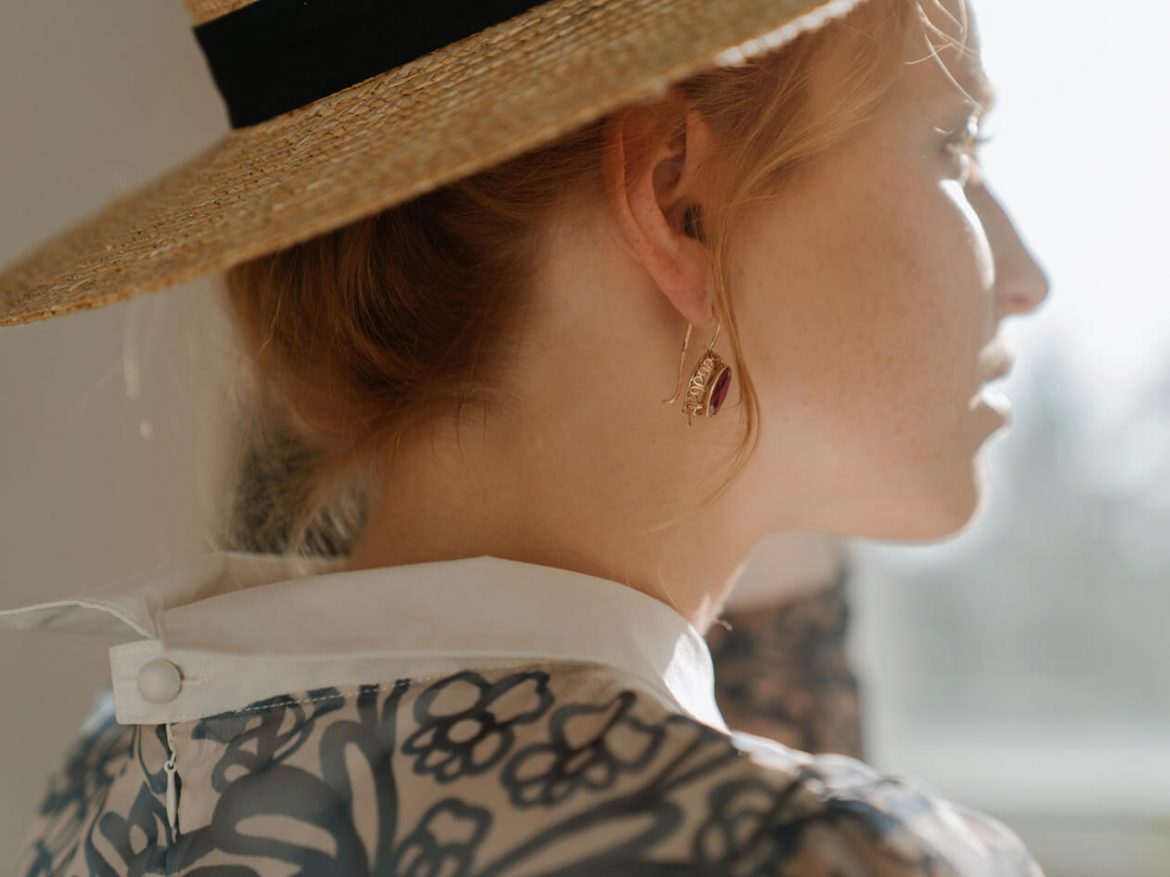Writing about yourself can be difficult. It’s not easy to identify your defining characteristics and sum yourself up in a neat and concise manner. And this is true when you’re writing a photographer bio for your website.
The bio page is an important part of your website. It’s something that potential clients will look at to get an idea about the person behind the pictures. In this post, we’ll help you write an awesome photographer bio for your professional website. We have tips, suggestions, and the dos and don’ts for the perfect bio.
Do You Need A Bio Page on Your Website?
The short answer is yes. As a photographer, you may think your portfolio speaks for itself. The logic may be to let the photos do the talking. The bulk of your website will be dedicated to your photography work, but the bio page also plays a crucial role on your website.
Your portfolio is your shop window. It shows what you have to offer as a photographer. But a good bio introduces the viewer to the shopkeeper behind the glass. It adds heart and depth, showing that you’re more than just a storefront. It shows you’re a fully formed professional photographer.
How to Write a Photographer Bio
Now we’ll get into the nuts and bolts of writing a photographer bio for your website. We’ll give you some valuable suggestions, along with some of the dos and don’ts.
Of course, you should avoid typos and grammatical errors. But we’ll take a look at the finer points for writing an excellent photographer bio.
Introduce Yourself
The first sentence is critical when writing a bio. It introduces you as a professional and sets the tone for what’s to come. The reader will know if they want to continue after just a few words.
Use the first sentences to introduce yourself. Tell the reader your name and what you do. You can also add some extra details, like your location. But don’t get carried away.
Let Your Personality Shine in Your Bio
Many photographers keep their bios formal and very matter-of-fact. Other’s like to use humour to make their bio more memorable. You can go either way, as long as you’re portraying yourself naturally.
This is your photographer bio. It should reflect your personality as a person and as a photographer. The words need to connect you to the rest of your website without misrepresenting yourself to employers.
Don’t Focus On Size
When it comes to website bios, bigger isn’t always better. The word count of your bio will depend on several factors. You don’t need to focus on hitting a thousand words. You need to make sure the content is valid.
One factor that will influence the length of your bio is style. If you don’t enjoy writing, keeping it short will suit your personality. If you have a narrative style of photography, maybe your bio will take on a narrative style as well.
Stay Relevant
Whether your bio is short or long, the main thing is to stay relevant. Fill your paragraphs with valuable information about yourself and your photography work.
A potential client won’t stick around long if you don’t hold their attention. They don’t want to read your life story. And they don’t need to know about your favourite colour or which Spice Girl you had a crush on in 1997.
Use Your Professional Language
When I say “use your professional language”, I don’t mean cutting out the swear words and profanities. Of course, you should avoid these. But I mean you should write your bio with the language you usually use.
If you speak to clients in English, you should write the bio in that language. If you’re bilingual, you can have two copies of the text, one in each language.
Include a Photo
In writing a bio, you’re creating a written portrait of yourself. But including a photograph of yourself can add a human touch. Unless you’re a self-portrait artist, you might not appear in your own gallery, so it’s nice to put a face to a name.
The photograph you choose should fit the style of your work. You can have a portrait in your own style if you’re a portrait photographer. If you’re a nature or wildlife photographer, you can have a shot of yourself in action.

